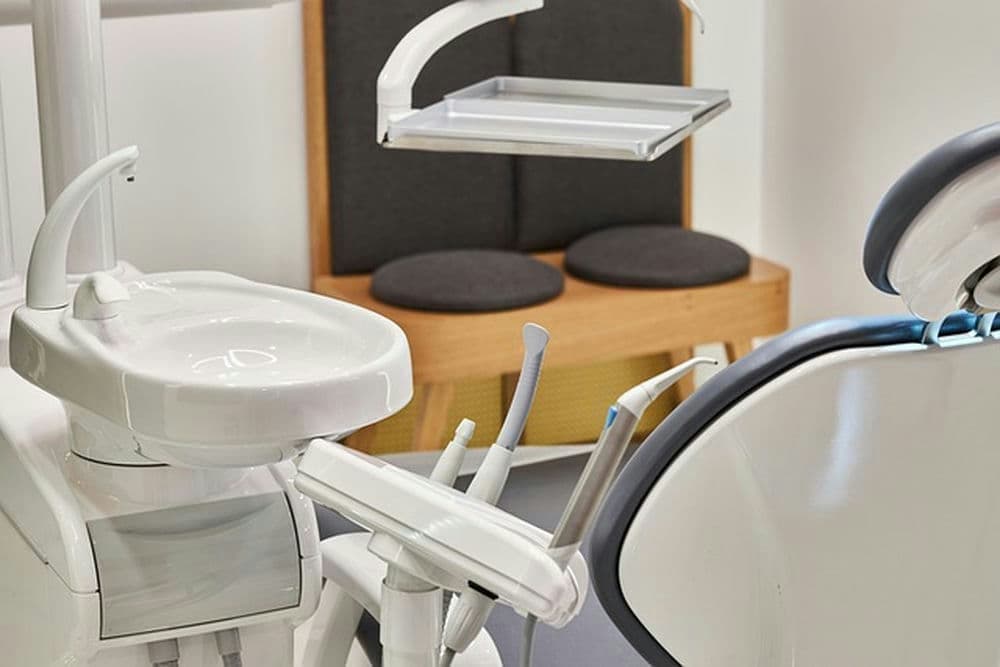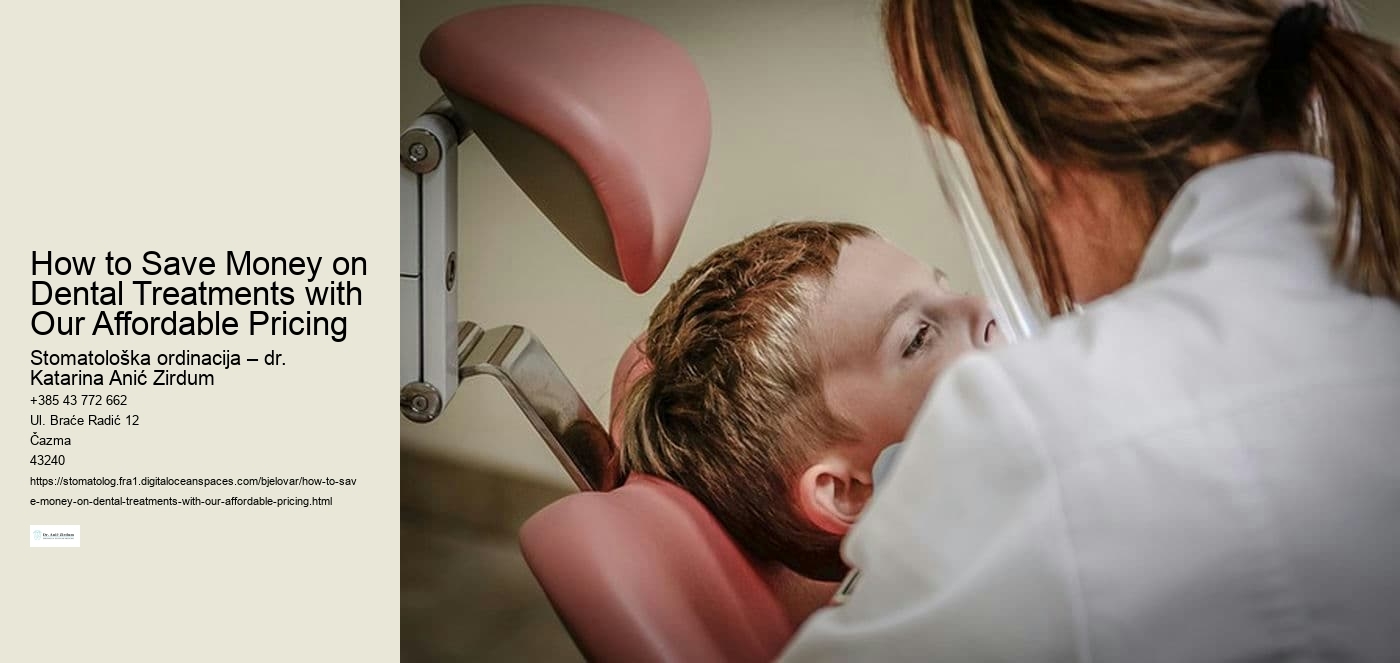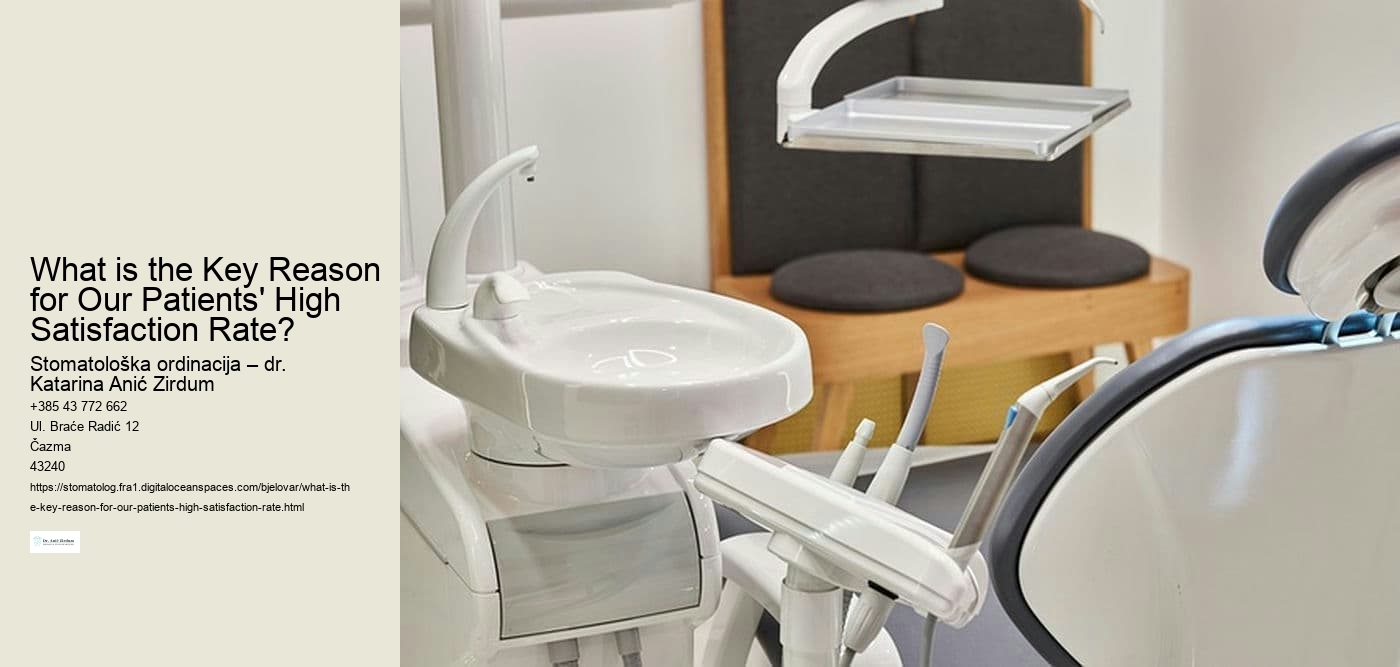partial dental implants
The implant is made from titanium and integrates with the jawbone. It’s bio-compatible, which means that it’s non-toxic and not rejected by the body. All in all it makes a powerful substitute tooth. Dental Implants prevent bone lossThe Benefits of Dental ImplantsBone loss occurs in the jaw when there are no tooth roots (or implants) maintaining the jaw bone influenced. Where there is not any tooth, the jaw bone in the empty space deteriorates due to lack of stimulation. If no implant is placed in the 1st year of losing a tooth, that bone area loses 25% of its volume, and bone loss keeps over the years. Dentures can even speed up bone loss as they generally become loose, after which rub towards the bony ridge, steadily dressed in it away. Because an implant replaces the basis as well as the tooth, and chewing is restored to normal, it adds the needed stimulation for herbal bone growth. Dental Implants keep adjoining teeth stableThe gap from a missing tooth may cause adjacent teeth to crookedly shift towards the distance. This pulls your teeth out of place and may affect your bite, your skill to chew and your look. It may cause interference that makes tooth substitute difficult later.
3 on 6 dental implants
Dental crowns are securely connected to these to fill the gaps on your mouth. Because dental implants are securely anchored in your jaw you’ll have the confidence to with ease eat anything you like. Dental implants are a well-based cure for changing missing teeth. As they are inserted without delay into your jawbone they help keep away from bone loss or move of your final teeth, aiding to hold the architecture of your face. There are a number of various types are dental implants which can be used dependent for your need. These range from a single implant to hold one tooth, to distinct implants that hold a number of teeth, even full arches in some cases. Single dental implantSingle implant videoPlayIf you are lacking a single tooth, then a dental implant is the closest thing to the customary tooth so that you can get. It offers a herbal look and could not move while you eat enabling you to chew and eat the foods you always have enjoyed. A single titanium screw is placed on your jaw bone on to which a false tooth is then placed. Multiple dental implantsDental implants aren't only used to change single teeth and might also be used to substitute diverse missing teeth, and in some instances be used to retain a full set of dentures. Dental implant bridge videoPlayDental implant bridgeUnlike a standard bridge a dental implant bridge uses two or more implants to carry 3 or more teeth in place, and implies that surrounding fit teeth aren't sacrificed to retain the bridge in place.
dental implants
The crown can't be placed until your jawbone is robust enough to help use of the hot tooth. You and your dental specialist can choose synthetic teeth which are removable, fixed or a combination of both:Removable. This type is akin to a conventional detachable denture and might be a partial or full denture. It comprises artificial white teeth surrounded by pink plastic gum. It's mounted on a metal frame that's connected to the implant abutment, and it snaps securely into place. It can be easily got rid of for repair or daily cleaning. Fixed. In this manner, an artificial tooth is permanently screwed or cemented onto an individual implant abutment. You can't remove the tooth for cleaning or during sleep. Most of the time, each crown is attached to its own dental implant. However, because implants are exceptionally strong, a couple of teeth can be replaced by one implant in the event that they're bridged in combination.
dental implants cost per tooth
Provide teeth replacement with out altering (shaving down) your neighboring teeth. (This is essential for dental bridges. )In addition, dental implants can’t get cavities. (But they’re not invulnerable to gum disorder, so it’s still vital to practice good oral hygiene. )What are the dangers or problems of dental implants?Like any surgery, dental implant placement incorporates the knowledge for issues. Possible risks come with:Infection.
dental implants periodontist
You can help your dental work — and remaining natural teeth — last more if you:Practice remarkable oral hygiene. Just as along with your herbal teeth, keep implants, synthetic teeth and gum tissue clean. Specially designed brushes, reminiscent of an interdental brush that slides among teeth, may help clean the nooks and crannies around teeth, gums and metal posts. See your dentist continually. Schedule dental checkups to make sure the health and correct functioning of your implants and follow the advice for expert cleanings. Avoid harmful habits.
3 on 6 dental implants
)What are the dangers or issues of dental implants?Like any surgery, dental implant placement incorporates the competencies for complications. Possible risks include:Infection. Sinus damage. Nerve damage. Improper implant placement. Allergic reaction to titanium (very rare).

mini dental implants near me
It may take a few months for the transplanted bone to grow enough new bone to help a dental implant. In some cases, you may need only minor bone grafting, that may be done at an identical time as the implant surgery. The condition of your jawbone determines how you proceed. Placing the dental implantDuring surgical procedure to place the dental implant, your oral general practitioner makes a cut to open your gum and expose the bone. Holes are drilled into the bone where the dental implant metal post can be placed. Since the post will serve as the tooth root, it's implanted deep into the bone.


